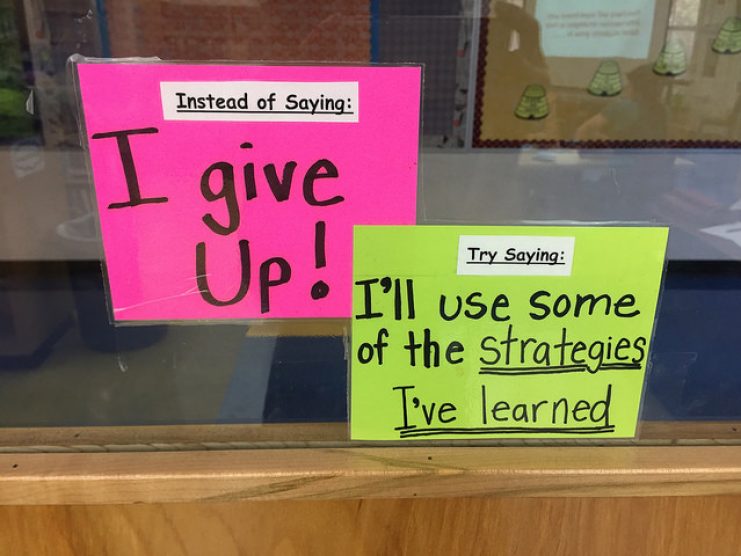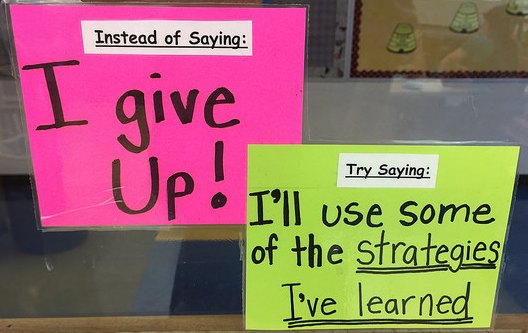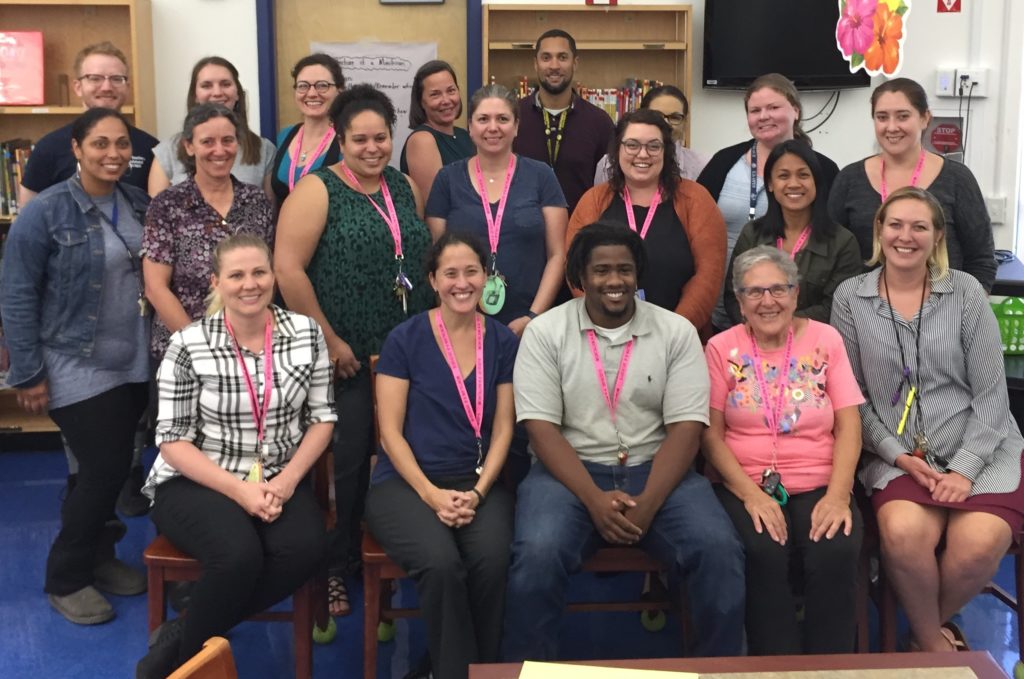
English Learners Make Achievement Gains at Montalvin Manor Elementary
Last year, through collaborative inquiry with Mills Teacher Scholars along with other professional learning efforts, Montalvin Manor Elementary teachers, leaders, and students made strides in their learning. Particularly notable is the growth of their English Learners, whose English Language Arts (ELA) & Literacy California Assessment of Student Performance and Progress (CAASPP) scores increased 7% from the previous year. Now, 15.4% of English Learners at Montalvin are proficient, in a district where 3.5% of English Learners scored proficient on the ELA portion of the assessment.
In addition, 40 English Learners were reclassified at Montalvin in Spring 2018, that’s more in one year than ever before.
The 40 students who are now reclassified English proficient were supported and encouraged by teachers who used the collaborative inquiry process to find out what was really happening in their classrooms and how they could best support their students.

Inspiration from the Montalvin Library
Montalvin has been a Mills Teacher Scholars Partner Site for three years. Each year, they choose a collective focus and each teacher defines a related question to investigate in their classroom. It creates team cohesion and a community of focused support for both teachers and students.
Teacher Scholar leader Beth Levine said, “Our inquiry team meetings provide community cohesion. This is the one time we support each other across all grade levels. It’s a sacred time to think. Other than this space, there’s not a lot of time to really reflect. That’s a big shift. It’s really our time to think and reflect.”
Two first grade teachers, Laura Terry and Martinique Perry talked with us about their experience using inquiry in the classroom.
Laura, who started teaching at Montalvin three years ago, told us about her initial reaction to doing collaborative inquiry, “I got my degree in education and ‘inquiry projects’ was a term thrown around a lot, but I didn’t see how it actually happened. Last year, I started to feel that puzzle piece connection though. I thought, Oh, I can use this inquiry project to inform my teaching. So last year I did a lot of decoding with my students and I used inquiry and had focal students. The data guided me and as soon as it clicked, I saw it didn’t need to be perfect: here’s what I did and here’s what worked so that’s what I’ll do next. Other things blew up in my face and that’s fine but I saw what did work.” Martinique was quick to add, “And that’s fine that it blew up in your face because you learned!”

The Montalvin Team
We were curious, did the two teachers see a connection between test score success and inquiry? Martinique didn’t hesitate to tell us, “I think so. Last year my focus was on writing. One student would draw pictures instead of writing words. Then I picked up my phone and asked him to read the story to me and he had so much more to say. Inquiry taught me to see more options and to think of data in a different way. I brought in one piece of writing, but then I brought in the phone. It’s powerful for students to see there’s a way to contribute when one method isn’t working for them.”
Laura shared her own example, “We were doing blending and phonetic awareness. I had a student, who was quiet and reserved. One day a light bulb went off and he realized it didn’t need to be perfect and he had a lot to share. It really opened it up for him.” Martinique agreed, adding, “Just try! If you make a mistake, just try.”
Learn how to bring Mills Teacher Scholars to your school or district: Become a Partner Site
